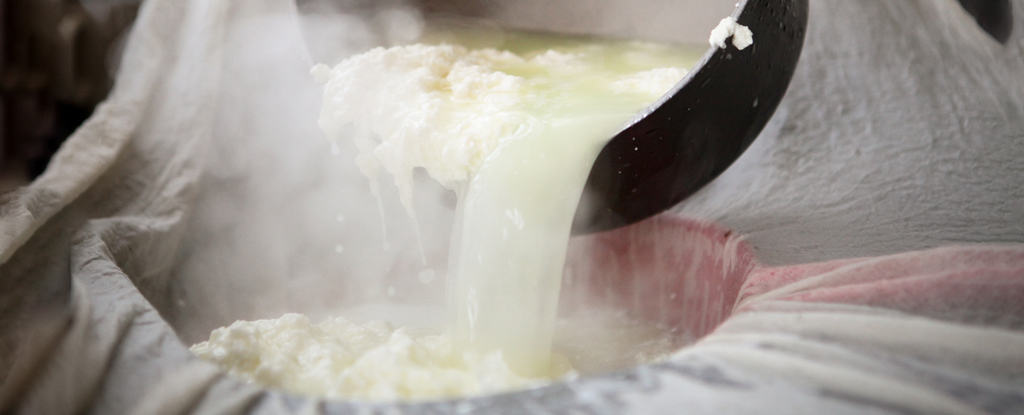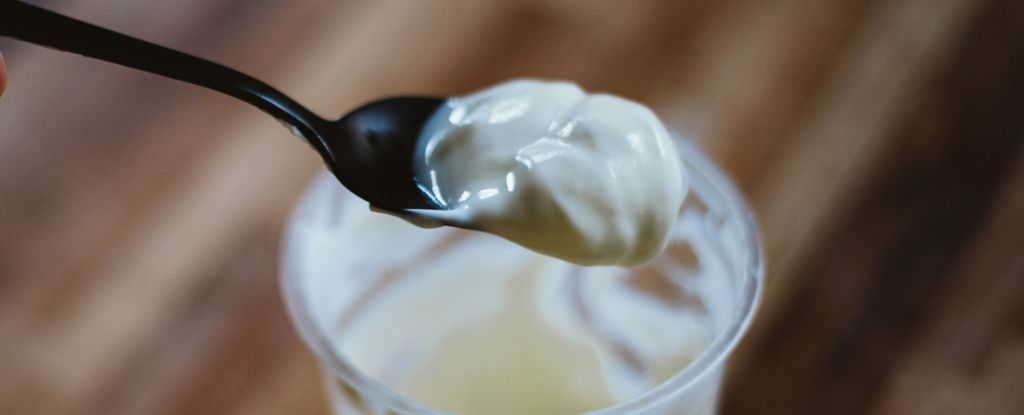A gel made from milk proteins and gold nanoparticles may prove the ultimate hangover cure – by preventing the dreaded alcoholic aftermath from even occurring in the first place.
While still very early in the development process, initial tests in mice suggest “a promising strategy in effective alcohol detoxification”.
With the gold-speckled gel, ETH Zurich materials scientist Raffaele Mezzenga and food scientist Jiaqi Su, along with an international team of researchers, were able to reduce blood alcohol levels in intoxicated mice by 40 percent in 30 minutes.
“The gel shifts the breakdown of alcohol from the liver to the digestive tract. In contrast to when alcohol is metabolized in the liver, no harmful acetaldehyde is produced as an intermediate product,” explains Mezzenga.
Acetaldehyde is the culprit behind many hangover symptoms, including nausea, headaches, dry mouth, lower blood pressure, an increased heart rate, a higher skin temperature and facial flushing.
The team showed their gel could catalyze the breakdown of alcohol in the gut into the less-toxic acetic acid, rather than acetaldehyde.
Within 30 minutes of consuming alcohol, intoxicated mice given the gel saw a 40 percent reduction in blood alcohol levels and a more than 50 percent reduction within 5 hours.
What’s more, mice who were given the gel daily along with alcohol lost less weight and had better fat metabolism in their livers than the mice given alcohol alone for 10 days. This suggests the gel was mitigating damage to several organs.
“It’s healthier not to drink alcohol at all,” cautions Mezzenga. “However, the gel could be of particular interest to people who don’t want to give up alcohol completely, but don’t want to put a strain on their bodies and aren’t actively seeking the effects of alcohol.”
To create this miraculous-sounding gel, the researchers used milk’s whey – the watery part of milk that gets separated from the solid curds during cheese making.
When boiled for several hours, the whey forms long strands that can be enticed to gel together in a reaction with an iron-containing compound. The addition of gold nanoparticles and some sugar helps the gel facilitate a cascade of enzymatic reactions to ‘disarm’ alcohol.
Gels naturally take longer for the gut to digest, and the gold nanoparticles also extend digestion time. This gives the gel’s components time to convert harmful alcohol into less-toxic acetic acid, which our bodies can then break down further into water and carbon dioxide.
But it only works while the alcohol is still in the digestive tract. Once in the bloodstream, alcohol’s toxic effects are out of the gel’s reach.
There is still a lot of work to do before the gel can be considered safe for human trials, but the hope is that the gel can be taken before or during alcohol consumption to prevent its damaging impacts.
This research was published in Nature Nanotechnology.





